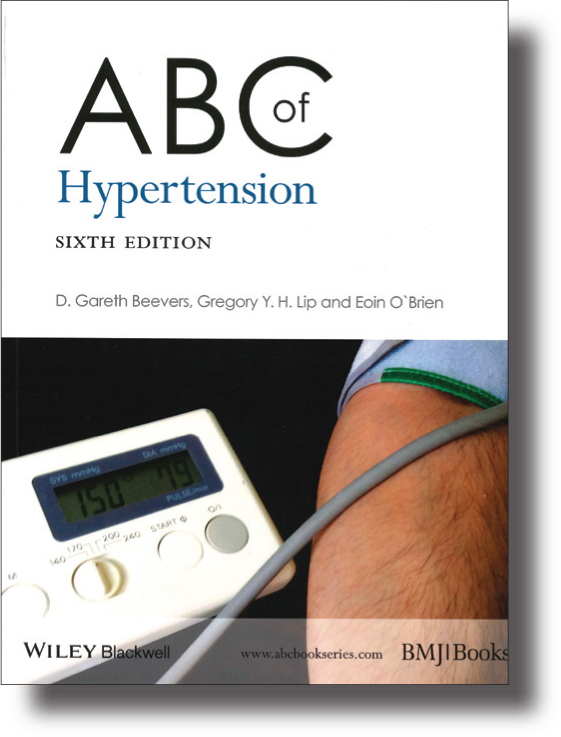ABC of Hypertension

This month's review sees a return to a familiar text and an equally familiar subject: hypertension. Clinicians will need little introduction to such a common medical condition but before this text is resigned to the darkest corner of your now well-stocked personal library, consider just how much you actually know about this most ubiquitous of conditions.
There is no need for me to wax lyrical about the ABC format again nor the credibility of the authors, which is par for the course for this series. The content covers the more familiar areas of hypertension, such as causes, related health problems and actually obtaining a blood pressure (do you really know how to perform this properly?). Management of hypertension by both the patient and clinician is given rightful prominence, although a cheeky reference to increasing your five-a-day to seven-a-day did not go unnoticed. I have some development issues there.
Given this book is now in its 6th edition (first published in 1981), the authors have emphasised recent evidence-based developments in regard to combating hypertension and actually preventing it in the first place. Food for thought for all of us (no pun intended). The pathophysiology of hypertension is succinctly presented in itself, but the impact it has on associated comorbidities and the complications it can generate necessitate further reading, and inevitably, reference to more specific texts. As always, the ABC approach only goes so far.
Consistency, however, is the hallmark of the ABC genre and further reading is suggested in the guise of journal articles, web resources, clinical guidelines, professional organisations and other reading material identified for further study in this area.
I suspect this text won't appeal to everybody, especially those engaged in a medical specialty. But for students, more generalist clinicians and of course us paramedics, a good understanding of hypertension necessitates that volumes such as this, however thin, should make for compulsory reading.

